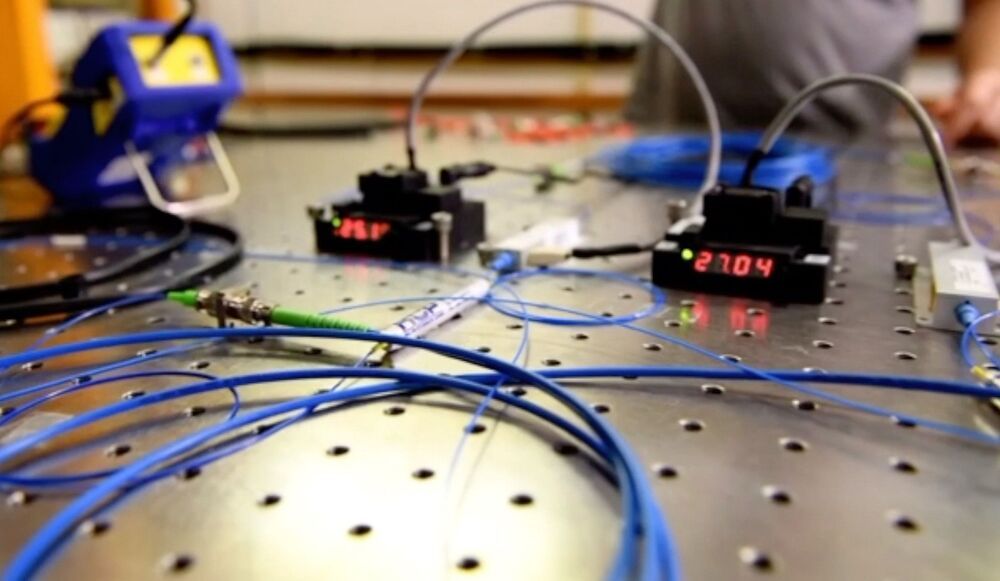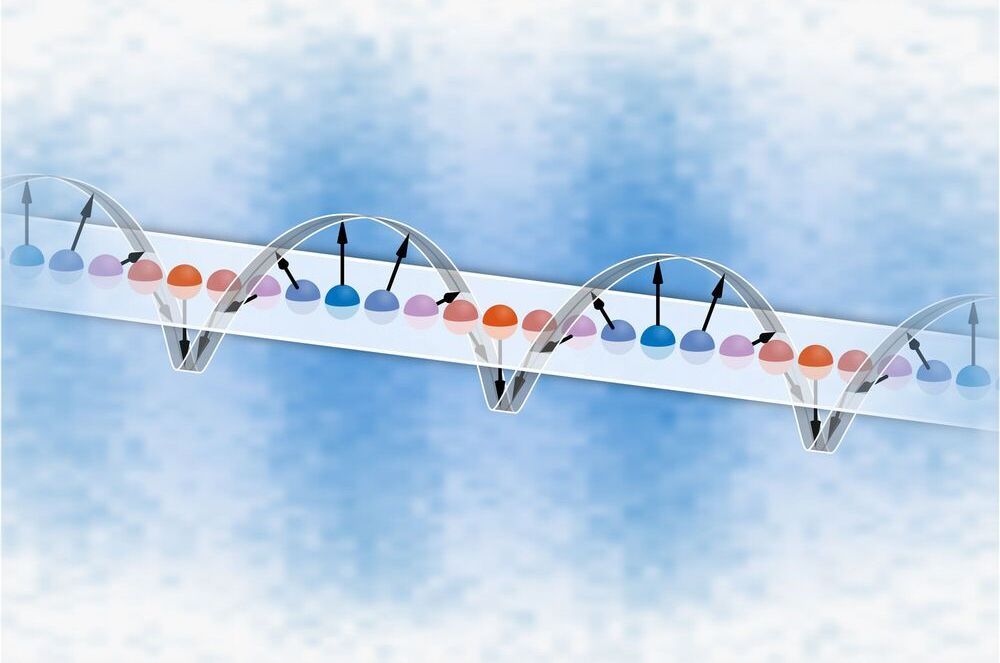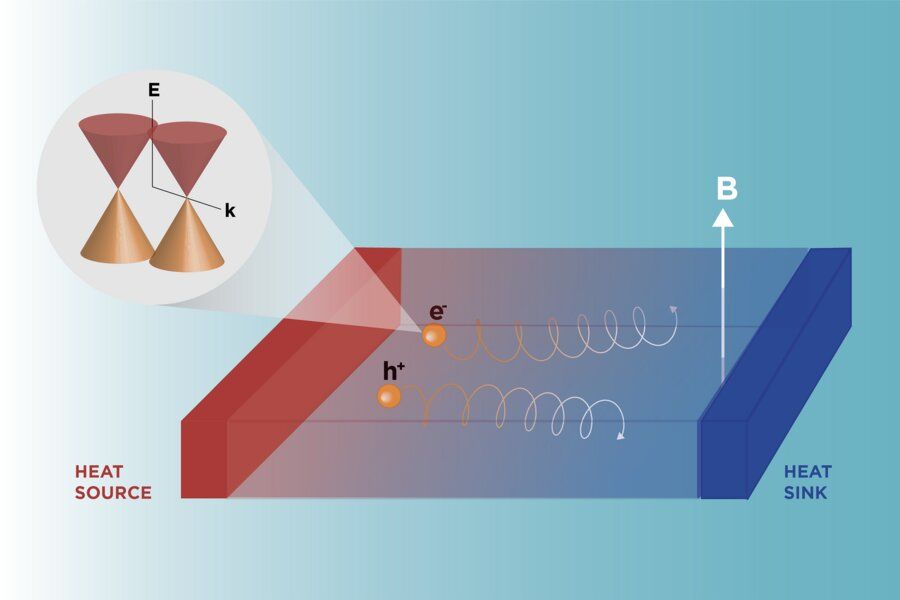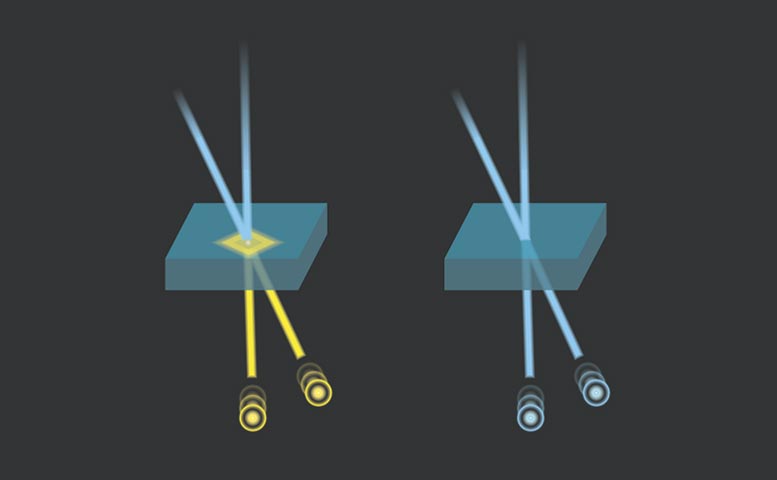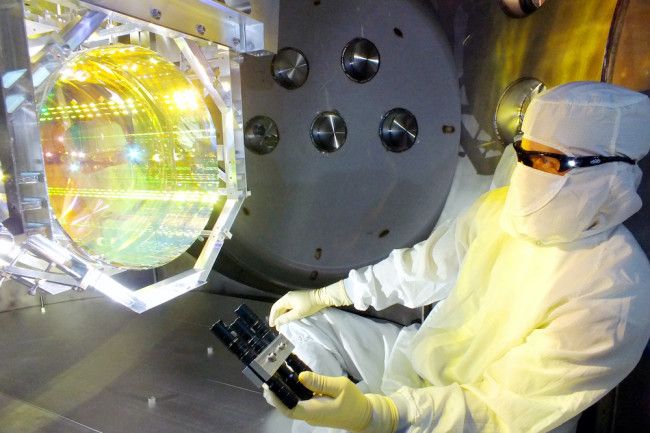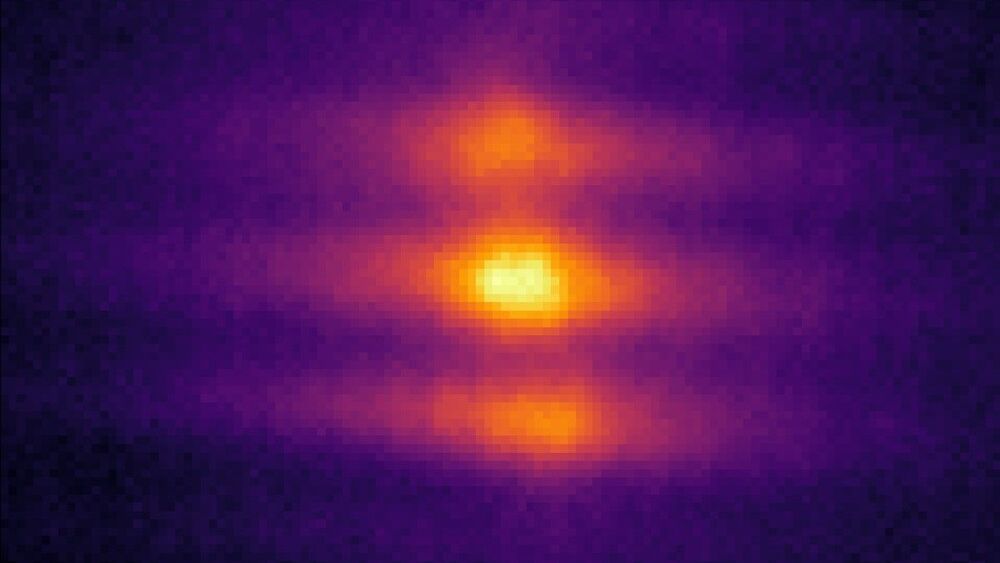Dec 16, 2020
Team’s bigger and better ‘tweezer clock’ is super stable
Posted by Saúl Morales Rodriguéz in categories: particle physics, quantum physics
JILA physicists have boosted the signal power of their atomic “tweezer clock” and measured its performance in part for the first time, demonstrating high stability close to the best of the latest generation of atomic clocks.
The unusual clock, which uses laser tweezers to trap, control and isolate atoms, offers unique possibilities for enhancing clock performance using the tricks of quantum physics as well as future applications in quantum information processing, quantum simulation, and measurement science.
Described in a Nature paper published online Dec. 16, the clock platform is a rectangular grid of about 150 strontium atoms confined individually by optical tweezers, which are created by a laser beam aimed through a microscope and deflected into 320 spots. This upgraded version of the clock has up to 30 times as many atoms as the preliminary design unveiled last year, due mainly to the use of several different lasers, including a green one for trapping the atoms and two red ones to make them “tick.”

